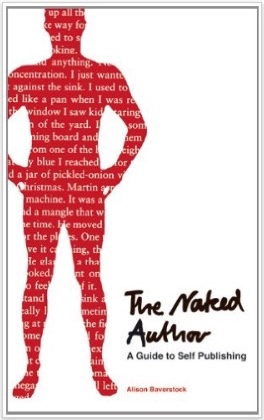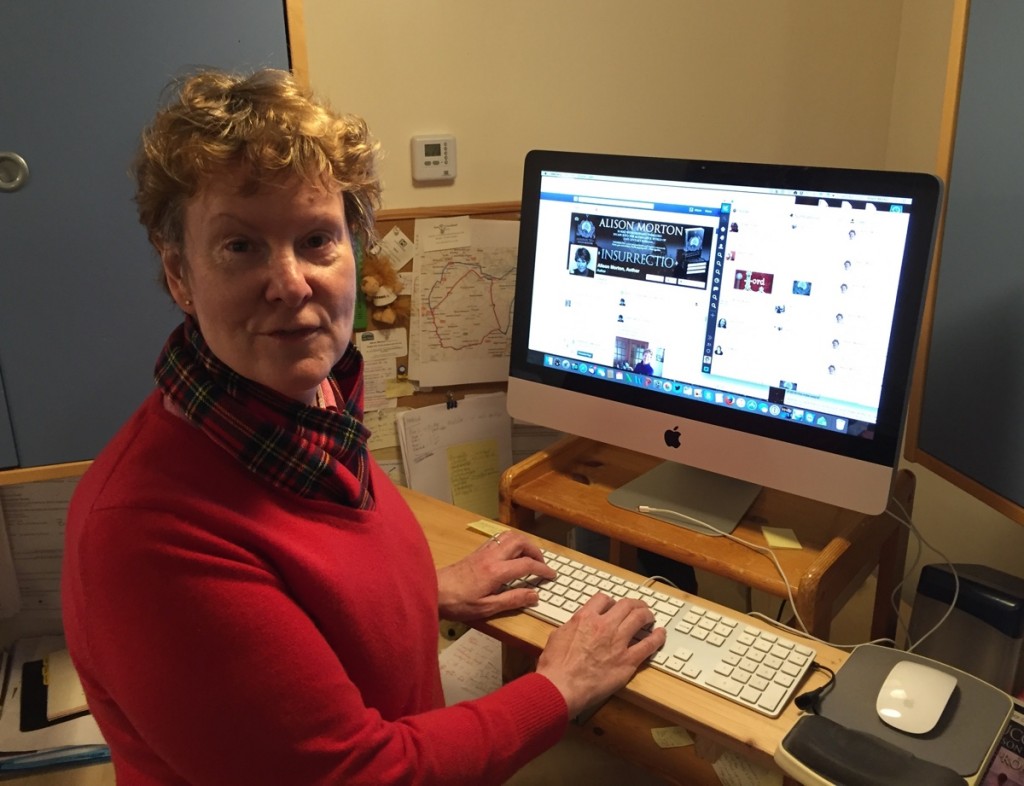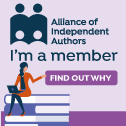Writing a novel is creative – you have to have a purpose, some characters and a setting which all interact. Throw in a triggering act to stir them all up and get the story going. Storytellers have known this since the year dot.
A modern novelist is basically a storyteller with a keyboard. But she/he like the traditional storyteller has an imagination that can cast back or forward several thousand years, that looks into the darkest and lightest parts of the human psyche, that digs out motivation, phobias, obsessions and quests, that lets us delight at sunlight, trees and adventure on the high seas and cower at shadows, brutes with cudgels and our own dark thoughts. And one that takes us to places we will never go in real life…
But however uplifting or terrifying, however moral or dubious the story, it has to be written down if it’s to be read by others. Getting the story across and catapulting readers into their worlds is what writers are supposed to do. Perfectly understandably, they want to make a few bob; for some this is the main motivation. Not mine, although I’m always pleased to receive those transfers falling into my bank account.
 As a series writer, I have my characters already. I let them run in my head for a while, have some conversations, get into arguments, flounce off, make up, do something incredibly noble, then something incredibly stupid. After that I buckle down to sketch out my excuse for a plan: 30 lines which start with the inciting incident and end with the resolution. I insert three crises/turning points, a black moment and a climax – much more detail here.
As a series writer, I have my characters already. I let them run in my head for a while, have some conversations, get into arguments, flounce off, make up, do something incredibly noble, then something incredibly stupid. After that I buckle down to sketch out my excuse for a plan: 30 lines which start with the inciting incident and end with the resolution. I insert three crises/turning points, a black moment and a climax – much more detail here.
The next step is to type something, usually a large bold ‘I‘ in the centre of the top line of the first page. (I use Roman numerals, for some reason. 😉 ) I look artistically into the distance, which is actually the corner of my office, half close my eyes, then, opening the said eyes, look at the screen and type the first conversation in one and a half line space. Five hundred words later, I get a cup of tea. Then I repeat. And after lunch, I repeat (The typing, not the lunch).
Writing a long piece of fiction entails dedicated slogging away for intense periods in between the chief activity of the day, i.e. going on Facebook. And then you do it again for the next few weeks/months. My books are generally 90-100,000 words. That takes a fair bit of typing. I generally bash the story out, creating a first draft that’s pretty average. However, after six books it seems to be getting easier to produce a reasonably acceptable initial draft.
Editing follows and this is a several stage process: self-edit (me), critique partner edit (free), structural edit (paid professional), copy edit (paid professional), proof-read (me). I don’t put the manuscript aside for a few weeks. It’s not good enough to enter the fallow meadow; it needs a good scything first. After a well-deserved lie-in or even a day off, I gird up, send the draft to my Kindle and read it through. I ignore all the glitches, make no notes and plough on to the end. The objective is to ensure that the story basically hangs together as a story.
Next, I print the whole thing out. Lover of eBooks that I am, I know that I spot more little horrors on paper. I blogged four years ago about my 1-12 steps for this process and I still follow it. One thing I particularly check is each character’s individual time line. Then, sick of the thing, I send the manuscript to my critique partner and have another lie-in.
My critique partner has the instincts of a velociraptor on steroids and marks up the manuscript with humorous, direct and clear notes. A lot of them. I do the same for her. We count it a triumph to receive a sheet back with no red pen marks. This relationship has taken years of trust building and is completely brutal honesty.
More revisions, including some structural. Luckily, they are now not many, but at every editing stage I see other things as I go through. At this stage I check each sentence to see if I can find better words and fiddle with the word order to make it clearer or tighter; basically, add sparkle. Being formal, I’d call it a self executed line-edit.
When I think it’s finished, it’s off to the copy-editor. Yes, she checks my grammar and punctuation, but also continuity, cohesion, sometimes facts, but always the flow. Like any writer, I try to get my speech marks, line returns, hanging indents, spelling and typing completely right – that’s part of a writer’s job – but the editor nails them all down. We work on a collaborative, on-going basis; she raises queries, I answer them in little batches as we go along.
Then the copy-edited manuscript lands in my inbox and I read through and discuss any points with the editor that we haven’t covered during the edit. I transfer it to the Kindle (again!) and read through (again!). By this point, I am so fed up with it that I’m on the verge of consigning the characters to the pit of Tartarus and hurling myself in after them.
 When the galleys come back a few weeks later, formatted and set, I’ve calmed down enough to proof-read them.
When the galleys come back a few weeks later, formatted and set, I’ve calmed down enough to proof-read them.
Now this could be dangerous. But in the many years spent as a project manager and editor of translations I notched up at least a couple of million words in proof-reading. I start at the last chapter and work back. I can only do an hour at a time because the concentration of reading each word in each line is intense. For my novels I follow the excellent Alison Baverstock’s methodology in The Naked Author.
So, yes, it’s a process, but no, as without the creativity, you wouldn’t have a story. Thoughts?
(Updated and republished February 2024)
Alison Morton is the author of Roma Nova thrillers – INCEPTIO, CARINA (novella), PERFIDITAS, SUCCESSIO, AURELIA, NEXUS (novella), INSURRECTIO and RETALIO, and ROMA NOVA EXTRA, a collection of short stories. Audiobooks are available for four of the series. Double Identity, a contemporary conspiracy, starts a new series of thrillers. JULIA PRIMA, Roma Nova story set in the late 4th century, starts the Foundation stories. The sequel, EXSILIUM, will be out on 27 February 2024.
Find out more about Roma Nova, its origins, stories and heroines and taste world the latest contemporary thriller Double Identity… Download ‘Welcome to Alison Morton’s Thriller Worlds’, a FREE eBook, as a thank you gift when you sign up to Alison’s monthly email update. You’ll also be among the first to know about news and book progress before everybody else, and take part in giveaways.
















That’s the beauty of writing-it’s both a science and an art.
Very much so! Although creative input is crucial, using the other side of the brain is equally essential.